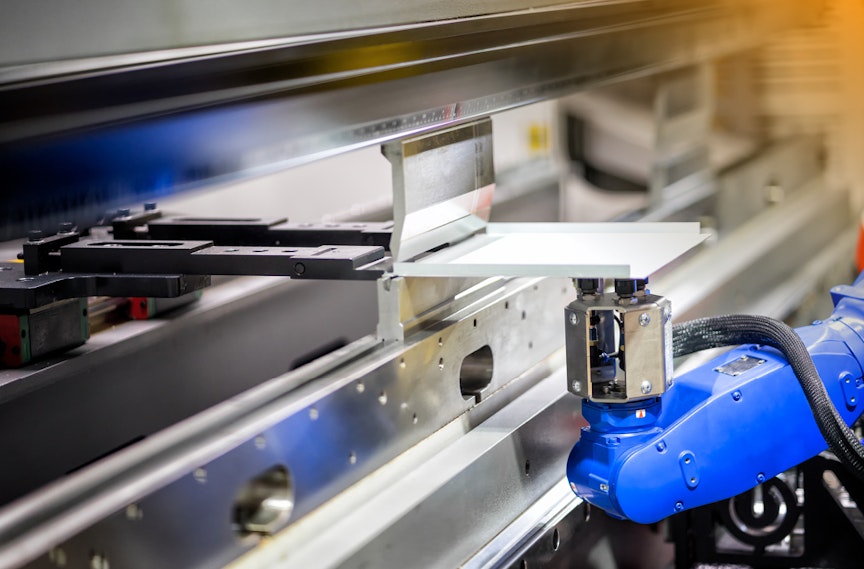Robotic automation has the potential to produce incredible returns for facilities who choose to deploy, but it can also be quite the resource drain when applications do not work out as planned.
Sometimes these issues are easily fixed with basic troubleshooting or reprogramming, other times this downtime can wreak havoc on production processes and cause critical problems for manufacturers.
Issues with robotic systems can take many forms: an improperly scoped and deployed system, a broken part, a shift in upstream or downstream processes, or simply user error. These issues can seem abstract, particularly for those new to robotics and automation.
We wanted to collect and share some of our experiences with applications that didn’t work out as expected to illustrate some of the pitfalls of traditional deployments.
The Company:
Mid-sized electropolishing and deburring company
The Context
This metal polishing company supplies products to various industries, and was exploring robots to reduce manual tasks in a harsh working environment.
The Goal
-
Deploy robots to remove operators from harsh environments for health (acidic spray in the air)
-
Improve consistency of process
-
Increase facility capacity
The Situation
-
Company specified the hardware in house, however the robots used weren’t designed to withstand the harsh conditions of the environment
-
Company deployed robots in-house and were mostly successful despite some bumps in the road
-
Right after the robot warranty expired, the robots broke down due to harsh facility environment, meaning that the robotics OEM would not cover the cost of the replacement equipment
-
Company never broke even on their investment due to hardware failures
What Happened
-
Cost of repair of existing robots was ~⅔ the cost of a new robot (of the same type)
-
Customer decided to deploy more expensive robots which were designed to withstand the harsh environment.
-
Hired an integrator experienced in deploying robots into similar environments.
-
Overall result was they had to pay more than 150% of the proper cost (due to the installation of improper robots initially)
-
Production capacity was impacted by having to install automation twice
How Would This Be Different with Robots-as-a-Service?
-
Firstly, we would not have scoped and deployed a robot that was ill-suited to its environment
-
Secondly, we take the risk: if the robot breaks, we will repair or replace it at no cost to you
-
Our model means that our interests are perfectly aligned with the customer - if the system isn’t running properly, you pay nothing. We are not in the business of "selling" equipment.



